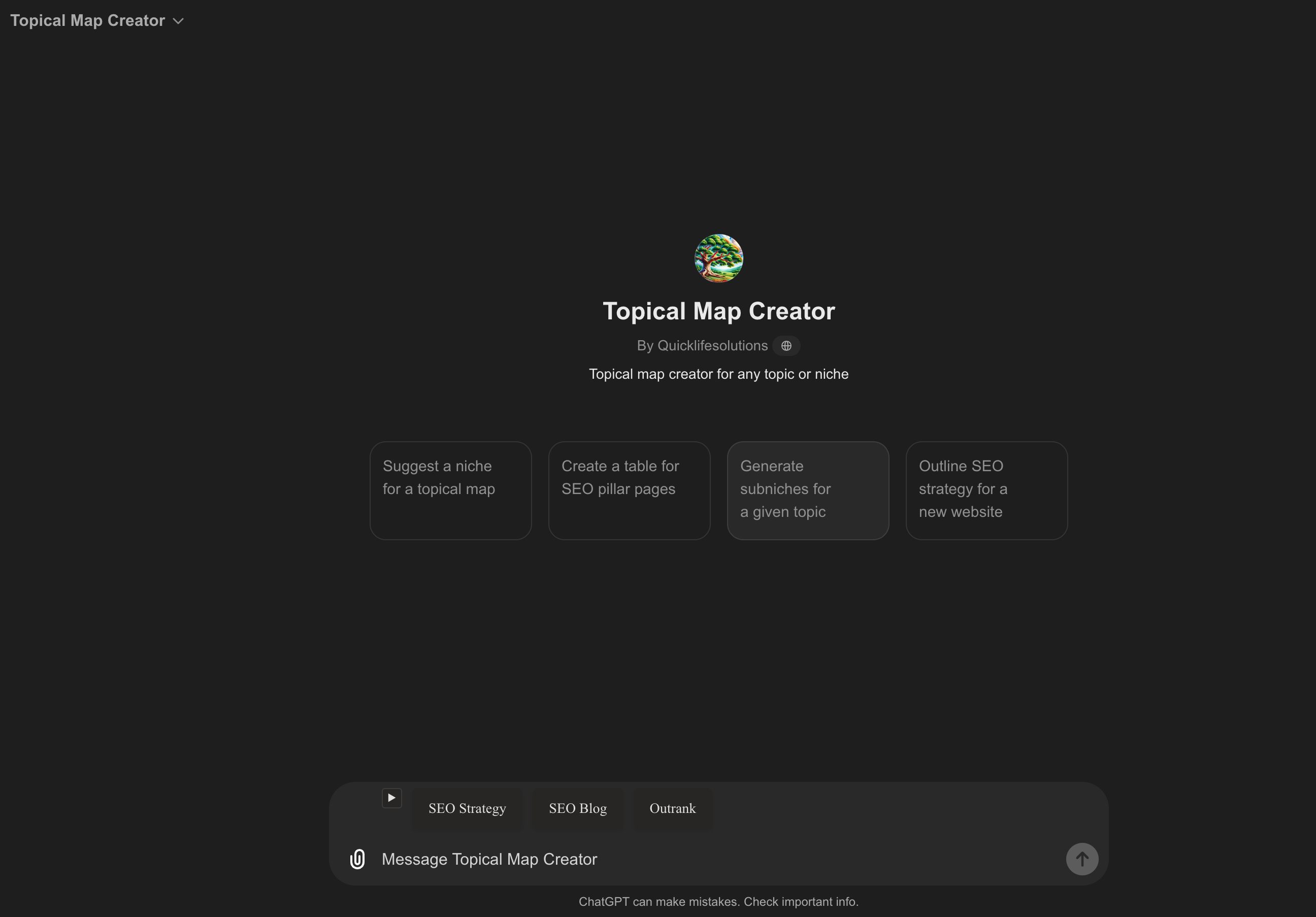How to Create an Effective SEO Topical Map to Boost Your Website’s Rankings
Hey there! If you’re navigating the wild world of digital marketing, you know SEO is your best friend. One powerful trick up your sleeve is building an SEO topical map. This guide is here to help you craft one that not only boosts your site’s rankings but also makes it a breeze for users to find what they need. Whether you’re a marketer, content creator, or SEO whiz, this one’s for you.

Understanding SEO Topical Maps
Before we get into the nitty-gritty, let’s break down what an SEO topical map is. It’s basically a blueprint that organizes your site’s content into themes and sub-themes. This makes it easier for search engines to crawl your site and for users to find their way around. Think of it like a GPS for your website.
In short, an SEO topical map is your guide to making sure every corner of your niche is covered. Ready to dive in? Let’s check out what makes a good topical map tick.
Key Features of an Effective SEO Topical Map
A solid SEO topical map has a clear, hierarchical structure with interconnected themes. Your main topics are the backbone, and subtopics fill in the details. Tools like keyword research software can help you pinpoint these core themes and sub-themes.
The goal? A logical, cohesive framework that covers all your main topics. Got it? Great, let’s move on to building your own SEO topical map.
Steps to Create an SEO Topical Map
Step 1: Research and Identify Core Topics
Start by finding the main topics that align with your business goals. Use keyword research tools to spot high-volume, low-competition keywords. This way, your content is both relevant and strategic.
In a nutshell, identifying core topics is your first step. Next, let’s break these down into smaller pieces.
Step 2: Break Down Core Topics into Subtopics
Now that you have your main topics, it’s time to dive deeper. Break them down into subtopics that cover all the nooks and crannies. Make sure each subtopic thoroughly explores a specific part of the main topic.
By doing this, you create a detailed content map. Ready for the next step? Let’s dig into keyword research.
Step 3: Perform Keyword Research
Keyword research is crucial. Use tools to find the best keywords for each subtopic. Organize these within your topical map to maximize SEO benefits.
In short, good keyword research makes sure your content is search-engine-friendly. Next up: creating a content outline.
Step 4: Create a Content Outline
For each topic and subtopic, draft a content outline. This will guide your content’s flow and ensure you cover all key points.
Think of it as a blueprint for high-quality content. Now, let’s talk about planning your content strategy.
Step 5: Develop a Content Strategy Plan
Plan out when and how you’ll create and publish your content. Make sure each piece aligns with user intent and relevant search queries.
In essence, a content strategy plan keeps you organized. Finally, let’s look at implementing and monitoring your SEO topical map.
Step 6: Implement and Monitor the SEO Topical Map
Once your topical map is ready, put it into action on your website. Use analytics tools to track its performance and tweak it as needed.

In conclusion, implementing and monitoring your SEO topical map keeps it effective and relevant. Now, let’s tackle some common challenges you might face.
Common Challenges and Solutions
Creating an SEO topical map isn’t always smooth sailing. You might hit snags like content gaps, keyword cannibalization, and content overload. Spotting and fixing these issues is key to keeping your map effective.
By tackling these challenges head-on, you keep your topical map in top shape. Next, let’s go over some best practices.
Best Practices for Maintaining Your SEO Topical Map
Maintaining your SEO topical map means regular updates, performance checks, and listening to user feedback. Keeping it up-to-date and using analytics to guide changes ensures it stays effective. User feedback can offer valuable insights to fine-tune your content strategy.
In short, regular upkeep keeps your SEO topical map working well. Let’s wrap things up.
Conclusion
Creating a good SEO topical map can skyrocket your site’s rankings by improving crawlability, user experience, and topical authority. Follow the steps in this guide to build a comprehensive SEO strategy.
Ready to level up your SEO game? Try our Topical Map Creator. It helps you build a well-organized, easy-to-navigate map, setting your site up for better search engine rankings. Give it a whirl and watch your SEO soar!
FAQ
What are SEO topical maps?
SEO topical maps are frameworks that organize your site’s content into connected themes and sub-themes. This helps search engines understand your content better and makes it easier for users to find related info.
What is the structure of a topical map?
A topical map is hierarchical, starting with broad themes and breaking them down into specific sub-themes. This helps both search engines and users navigate your content more effectively.
How do you create a topical map?
Creating a topical map involves several key steps:
- Identify Core Topics: Find the main themes relevant to your business.
- Find Related Subtopics: Break these themes into sub-themes that cover specific aspects.
- Organize Subtopics: Arrange these sub-themes logically.
- Perform Keyword Research: Use keyword tools to find relevant keywords.
- Create Content Outlines: Draft outlines for each theme and sub-theme.
- Develop a Content Strategy Plan: Plan your content creation and publication schedules.
- Implement and Monitor: Add the topical map to your site and track its performance with analytics tools.

